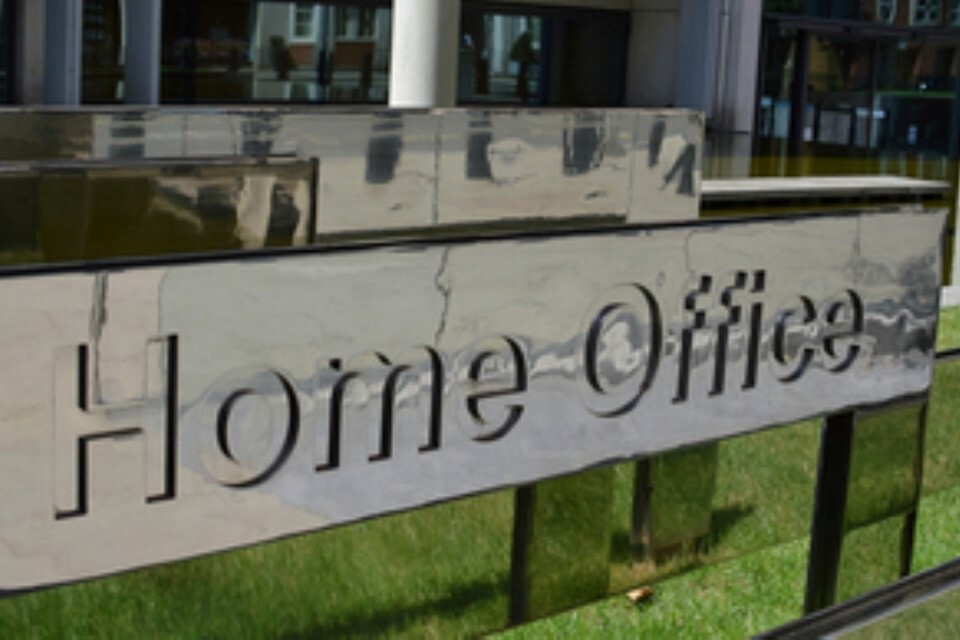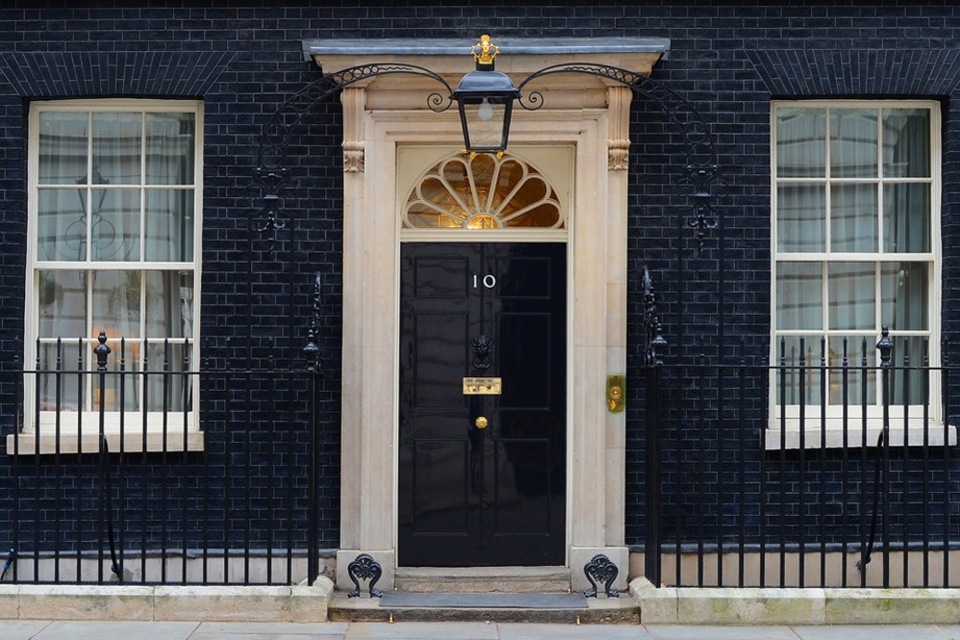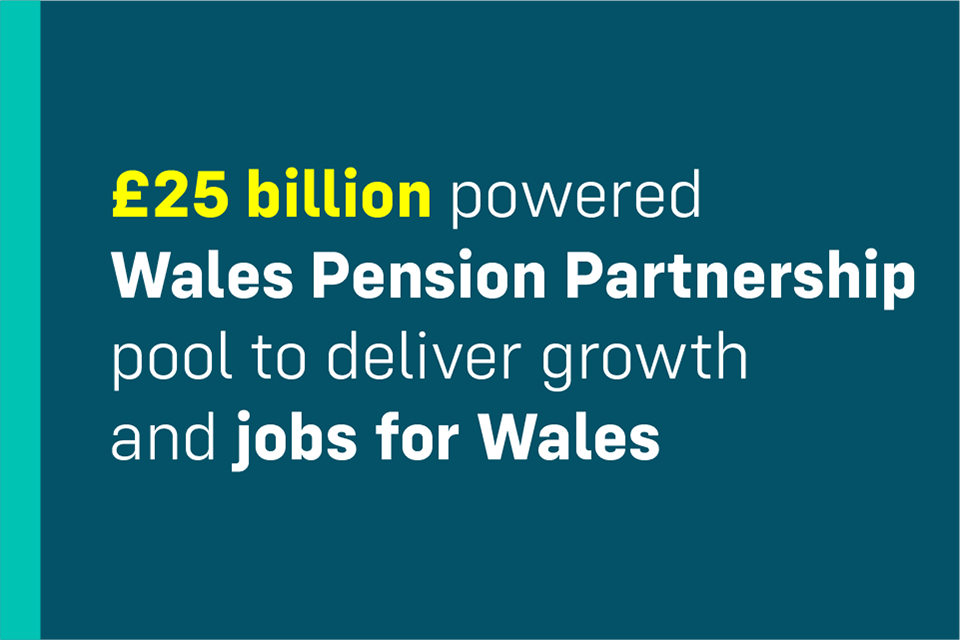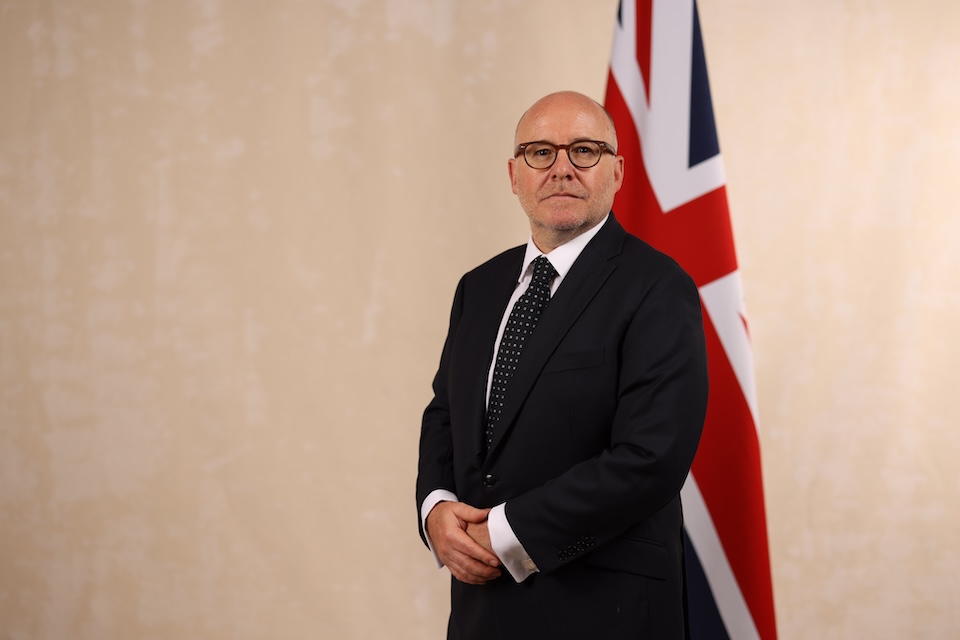What's On
New reforms to deportation and removal rules will make it…
Going Out
If you’re wandering around London later this month and you…
Reviews
BWH Hotels has added seven independent hotels to their portfolio…
Latest Articles
Looks The new Vauxhall Corsa isn’t as stylish as some of its rivals because it’s a heavily revamped…
If you’re looking for a pair of futurefacing wireless noisecancelling headphones, they don’t get more advanced than the…
Revellers up and down the country might have enjoyed an extra few hours at the pub last night…
If you’d told Folashade Atiko five years ago she’d be working right at the heart of government and…
The burial service for Pte Tame was organised by the MOD’s Joint Casualty and Compassionate Centre (JCCC), also…
The leaders of France, Germany, Poland and the UK will be in Kyiv tomorrow as calls intensify for…
It’s been an entire decade since the London Transport Museum launched its very first Hidden London tour. Over…
Emergency contact details for Saturday 10 May and Sunday 11 May.
In Spotlight
As programme director at the Department for Work and Pensions, …



































